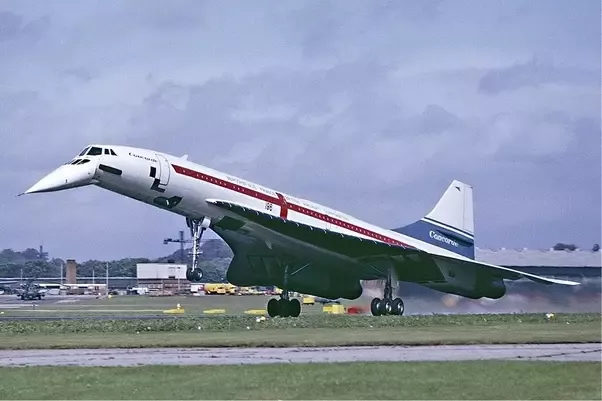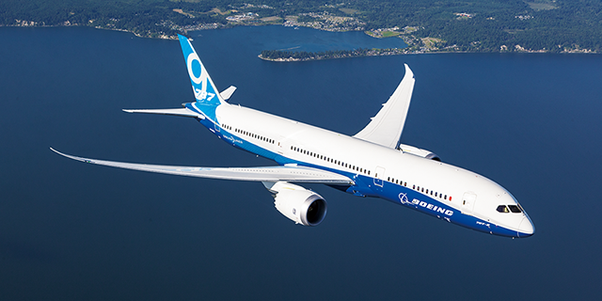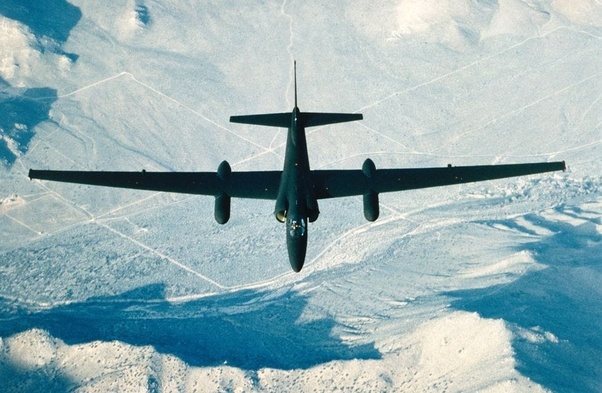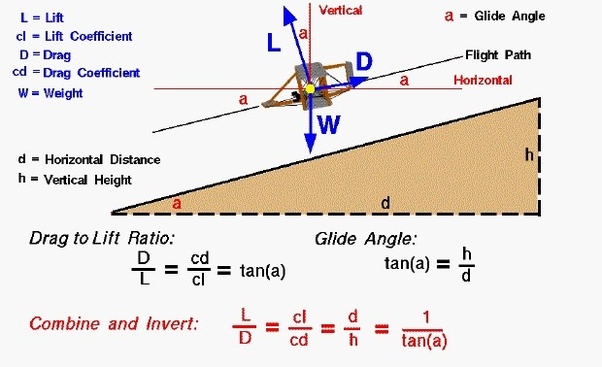We have a real-word example of such a problem.
In 1983, Air Canada Flight 143, known now as the Gimli Glider, ran out of fuel at 41,000 feet. During the unpowered descent, the pilots empirically determined that the 767 had a glide ratio of 12:1, losing 1 foot of altitude for every 12 feet traveled.
It took 17 minutes from loss of fuel to landing.
Assuming a 12:1 glide ratio, a plane could go 420,000 feet (~79 miles) forward from 35,000 feet.
In real life, descent rate will vary based on the weather conditions, the aircraft design, payload, and piloting. There is no single answer.
Depends on what we’re talking about. This one was a terrible glider and won’t get very far:

This one would get quite far:

But the best one would be something that looks like this:

The easy estimate of how far an airplane can glide is the glide ratio, which is equivalent to the Lift/Drag ratio.

The numbers for those airplanes are approximately: 7–10 (Concorde), 18–20 (787), 25+ (U-2).
So as a rough estimate, multiply those numbers with the altitude to get the gliding distance: 65-ish miles (Concorde), 130-ish miles (787), 165-ish miles (U-2). Of course, this will be less in practice given that the airplane won’t just fly in one straight line all the way down and there might be other “real world” factors like wind that affect the aerodynamics.






